2023 Top 5 Best Practices for Grants Matching in Nonprofits
By: Rich Uphus | June 20, 2023
ARTICLE — Managing grants and cost-sharing agreements at a nonprofit organization can be complex, but it doesn’t have to be! By implementing best practices, nonprofit organizations can make the process smoother and more efficient. One such tool is a cloud-based solution like NetSuite. Here are the top 5 best practices to keep in mind:
-
- Start with a clear funding strategy: Research potential funding sources, including foundations, government agencies, and corporate donors that fit your organization’s mission and programs. Identify specific funders with goals and types of grants that align with your organization’s needs and goals. Use NetSuite to effectively manage and track donor data and activity, providing a centralized location for all funding sources and making it easy to identify the funding sources that align best.
- Thoroughly review and understand the terms and conditions of the grant: Each grant and cost-sharing agreement will have its own set of terms and conditions. It’s essential to thoroughly review and understand these terms and conditions before applying for funding or entering into an agreement. NetSuite provides a centralized location for all grant terms and conditions, easily accessible to all parties involved in the grant application process, minimizing confusion and errors.
- Establish budgetary controls to maintain compliance: Implement budgetary controls to ensure compliance by monitoring spending across the organization in real-time and comparing it to pre-established budgets. Regulate and track expenses throughout the procurement process using purchase requests or purchase orders. Keep track of both hard and soft commitments. By maintaining compliance, your organization will build trust with donors and increase the chances of receiving repeat awards.
- Plan for reporting requirements: Most grants and cost-sharing agreements come with reporting requirements, which can be time-consuming and demanding. NetSuite offers a variety of reporting tools, streamlining the reporting process and saving time and resources while providing accurate and detailed reports. Make sure to factor in the time and resources required for these reporting requirements when applying for funding or entering into an agreement.
- Calculate matching GL impacts: Calculating non-GL impacting reports and GL-impacting transactions is essential. Effectively managing matching GL impacts will ensure compliance with your donor’s matching requirements. The first option tracks the impacts of individual transactions and builds a listing of all of the matched dollars. The second option generates reclassification entries on an expense to split the costs between the grants.
By implementing these best practices, nonprofit organizations can benefit from a centralized and organized approach to funding by utilizing a powerful cloud-based solution like NetSuite + PyanGo’s Automated Grants Management for NetSuite. This can result in a more effective and efficient funding process, allowing nonprofit organizations to focus on their mission and programs.
PyanGo Automated Grants Management for NetSuite
If your nonprofit organization is experiencing challenges managing grants matching and other grants management issues in your NetSuite ERP, it may be time to automate your grants management process with a solution that integrates seamlessly with NetSuite.The flexible PyanGo solution eliminates friction across the grants management lifecycle by providing real-time visibility into grant revenues, expenses, and other details, enforcing compliance in grant expenses, calculating indirect costs, matching grants to revenues, and generating sub-award grants.
When a nonprofit organization combines PyanGo’s Automated Grants Management solution with the NetSuite ERP – the world’s #1 ERP – it can achieve solid visibility across the entire grants lifecycle.
Contact PyanGo to learn how we can automate your grant management process from end to end.
Click here to schedule an online product demonstration.




